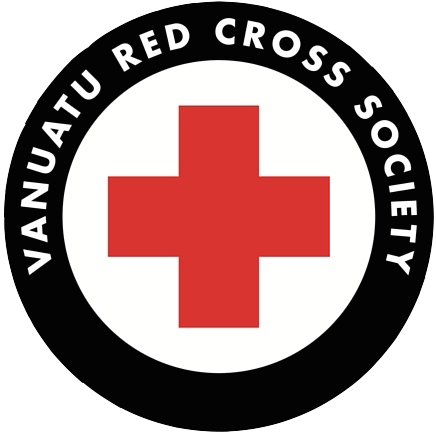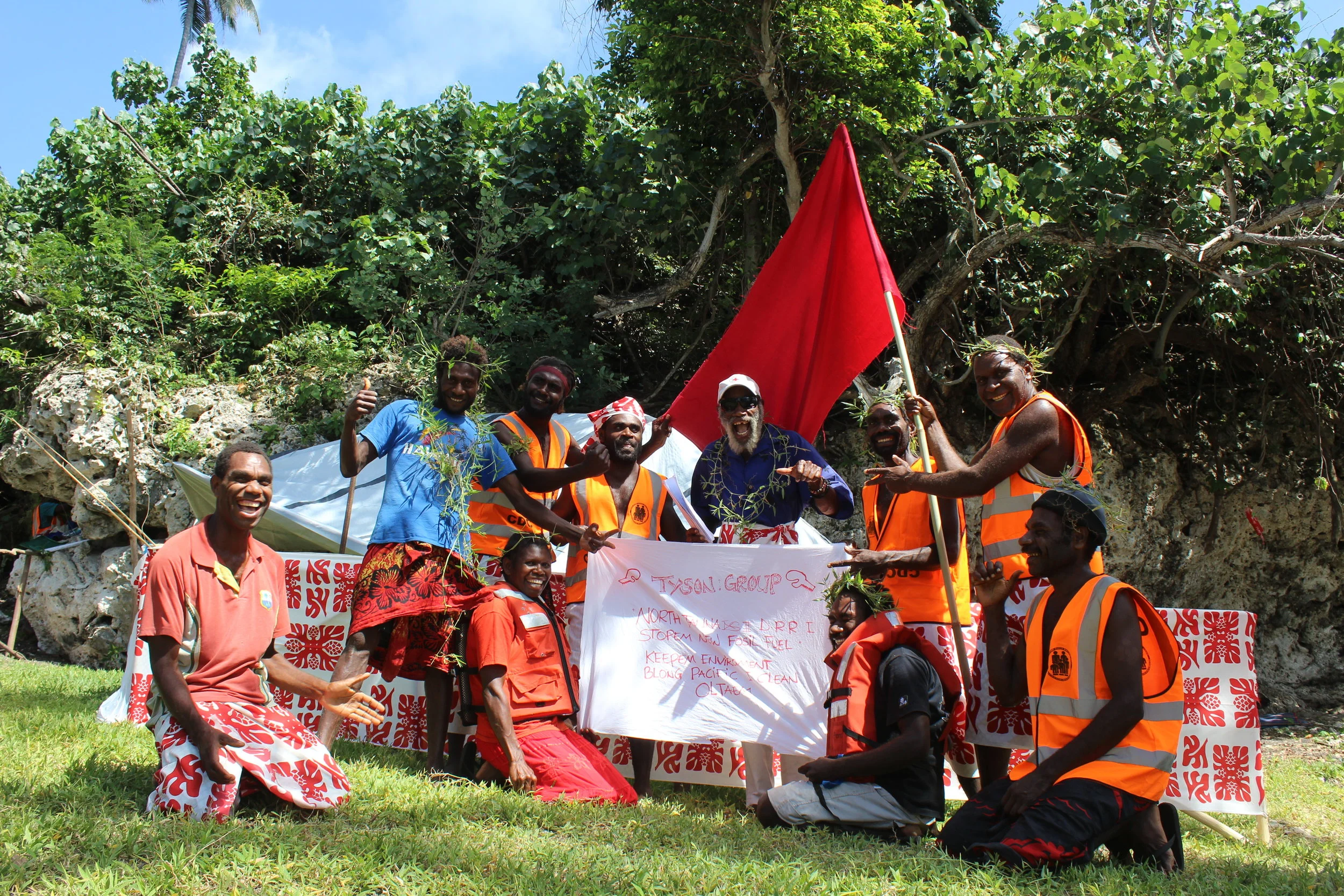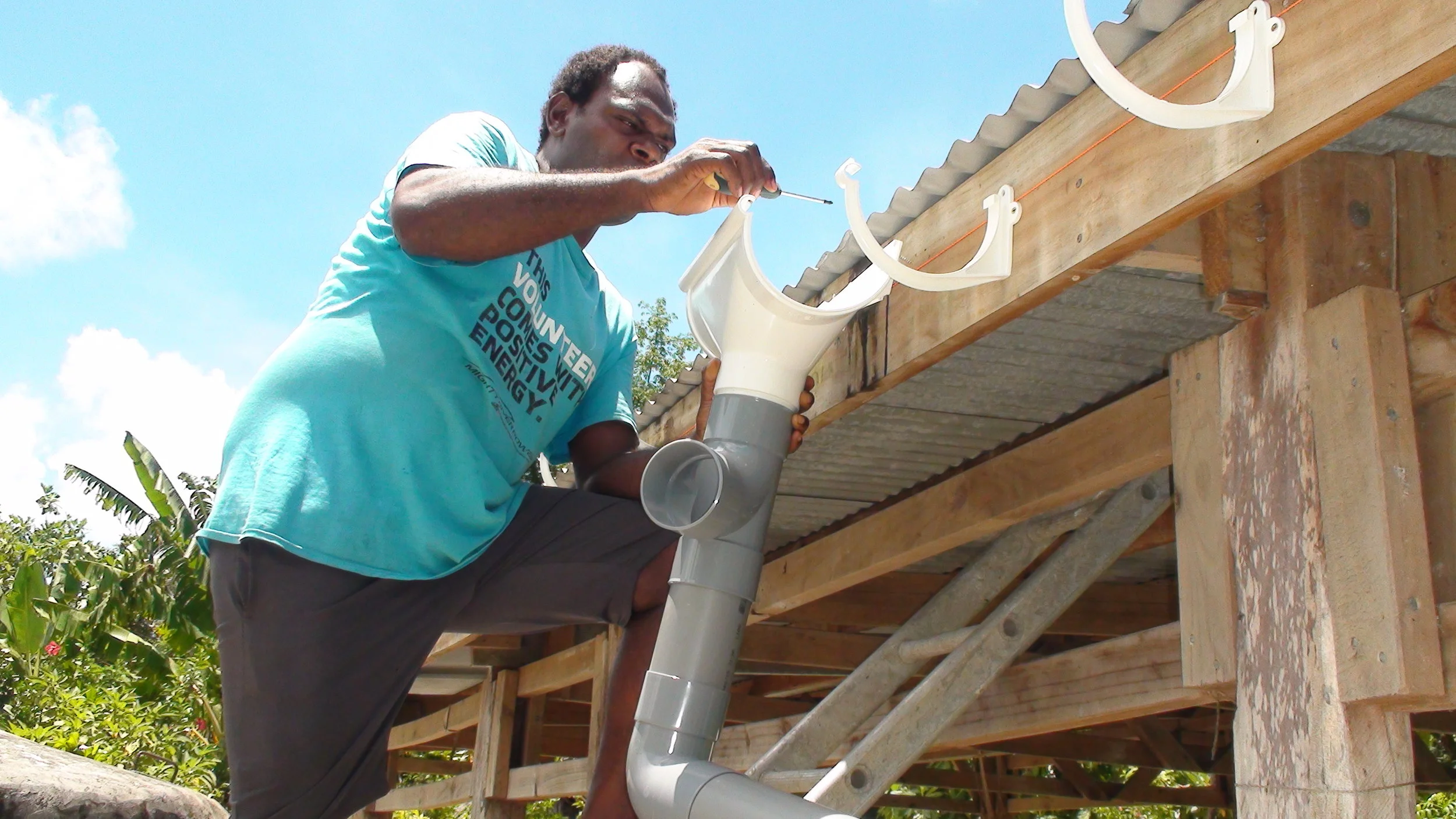Port Vila, 02 January 2019 —The International Federation of Red Cross and Red Crescent Societies (IFRC) has released over eight million vatu (VT8,000,000) from its Disaster Response Emergency Fund to support the Vanuatu Red Cross Society to reach up to one thousand five hundred and fifty two (1,552) people, affected by Ambrym earthquake occurred on December 2018. “The Vanuatu Red Cross Society operation aims to assist affected communities with basic needs.” says Jacqueline De Gaillande, Chief Executive Officer.
Vanuatu Red Cross Society started this year on the second to mobilise its emergency response trained volunteers across Sanma, Malampa and the Headquarter in Port Vila to respond through the distribution of Non Food Items and provision of support for the evacuees, including doing assessments.
A Red cross team composed of 14 staffs and volunteers will deployed on the East of Ambrym from the 6th January to 13 January to assess 14 communities: Endu, Asse, Sameou, Paamal, Toak, Barrias, Penapo, Maat,Vanen, Utas, Moru, Bethel, and Takiak, that were affected by the earthquake activity that caused cracks on buildings and land in some areas especially in the South East area where roads , water supplies, buildings and gardens have been damaged.
The emergency funding will support 1552 people-350 households- with Tarpaulins, Shelter tool kits, Hygiene kits and other activities that will be implemented along with the distribution are: build back safer awareness, build emergency shelters, Health and hygiene promotion awareness, and psychosocial awareness.
VRCS response on the ground will get assistance from the Chiefs and Community Disaster Climate Change Committees – CDCCC.
IFRC is the world’s largest humanitarian network, comprising 191 National Red Cross and Red Crescent Societies working to save lives and promote dignity around the world.





